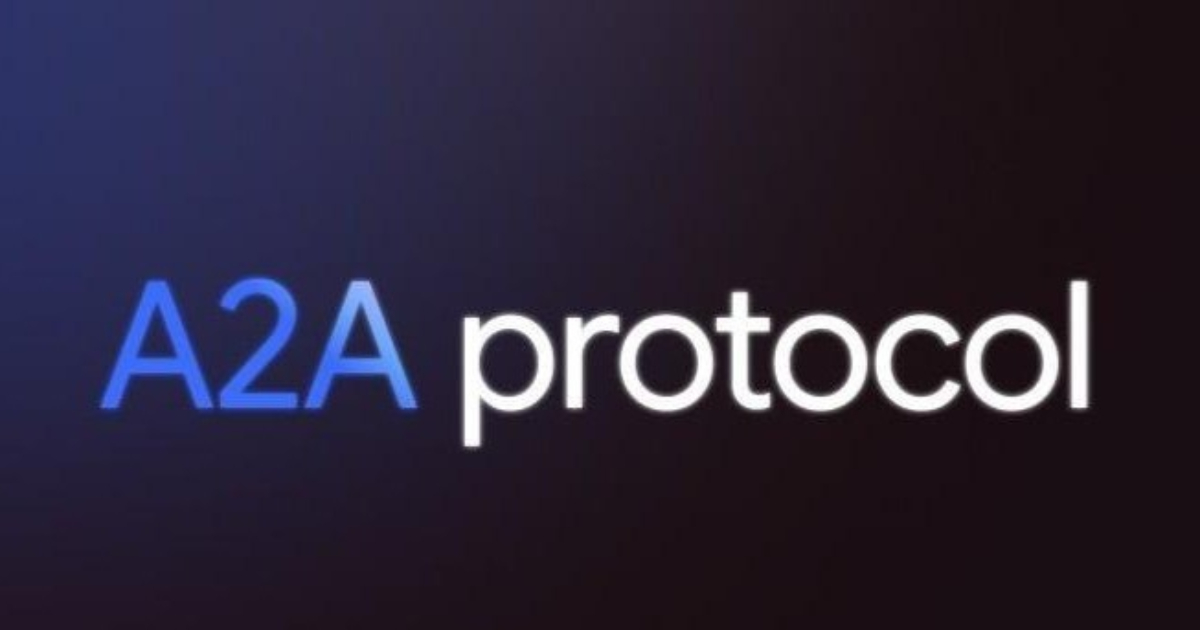Microsoft has released the A2A .NET SDK, a new developer toolkit that enables building AI agents capable of communicating and collaborating using the Agent2Agent (A2A) protocol. With support for both client and server roles, the SDK allows .NET-based agents to interact with others across ecosystems, regardless of the underlying technology.
The A2A protocol provides a standardized way for agents to discover each other, negotiate communication formats, and exchange messages or tasks. Rather than relying on ad-hoc integrations, A2A offers structured interoperability between agents, whether they are developed in .NET or any other language that supports the protocol.
This SDK complements the existing A2A support in Semantic Kernel, Microsoft’s open-source AI orchestration framework. While Semantic Kernel includes built-in A2A support, the community-driven A2A .NET SDK enables more rapid iteration on protocol features while maintaining a clear path to integration for production-grade applications.
The A2A .NET SDK provides a set of core capabilities:
- Agent Capability Discovery: Using the A2ACardResolver class, agents can retrieve capability descriptions via standardized Agent Cards.
- Communication Flexibility: Supports both immediate message-based interactions and longer-running asynchronous tasks.
- Streaming Support: Enables real-time updates via Server-Sent Events (SSE).
- ASP.NET Core Integration: Offers extensions to easily expose agents as web services using the A2A protocol.
The SDK allows developers to construct agents that can not only respond to messages but also handle persistent tasks, stream results in real-time, and be hosted in familiar .NET environments. A simple echo agent example is provided to help developers understand the architecture and begin experimenting.
While the SDK simplifies many aspects of agent communication, questions remain around authentication and security, especially in production contexts. As Natraj Yegnaraman noted:
I had a look at the repo. At first glance, I am not able to figure out how the agent will authenticate with the server and how the server will authorise the agent, if the server is hosted on Azure and the agent is requesting resources that need OAuth. It would be good to see this as a 15–30 minute video overview for beginners like me.
This highlights a potential area for further documentation or tutorials, especially for developers planning to deploy A2A agents in secure, cloud-based environments.
The SDK is currently in preview, and Microsoft notes that APIs may evolve based on feedback and ongoing protocol updates. Developers can test their agents using tools like the A2A Inspector, which allows message tracing and debugging of communication flows.










